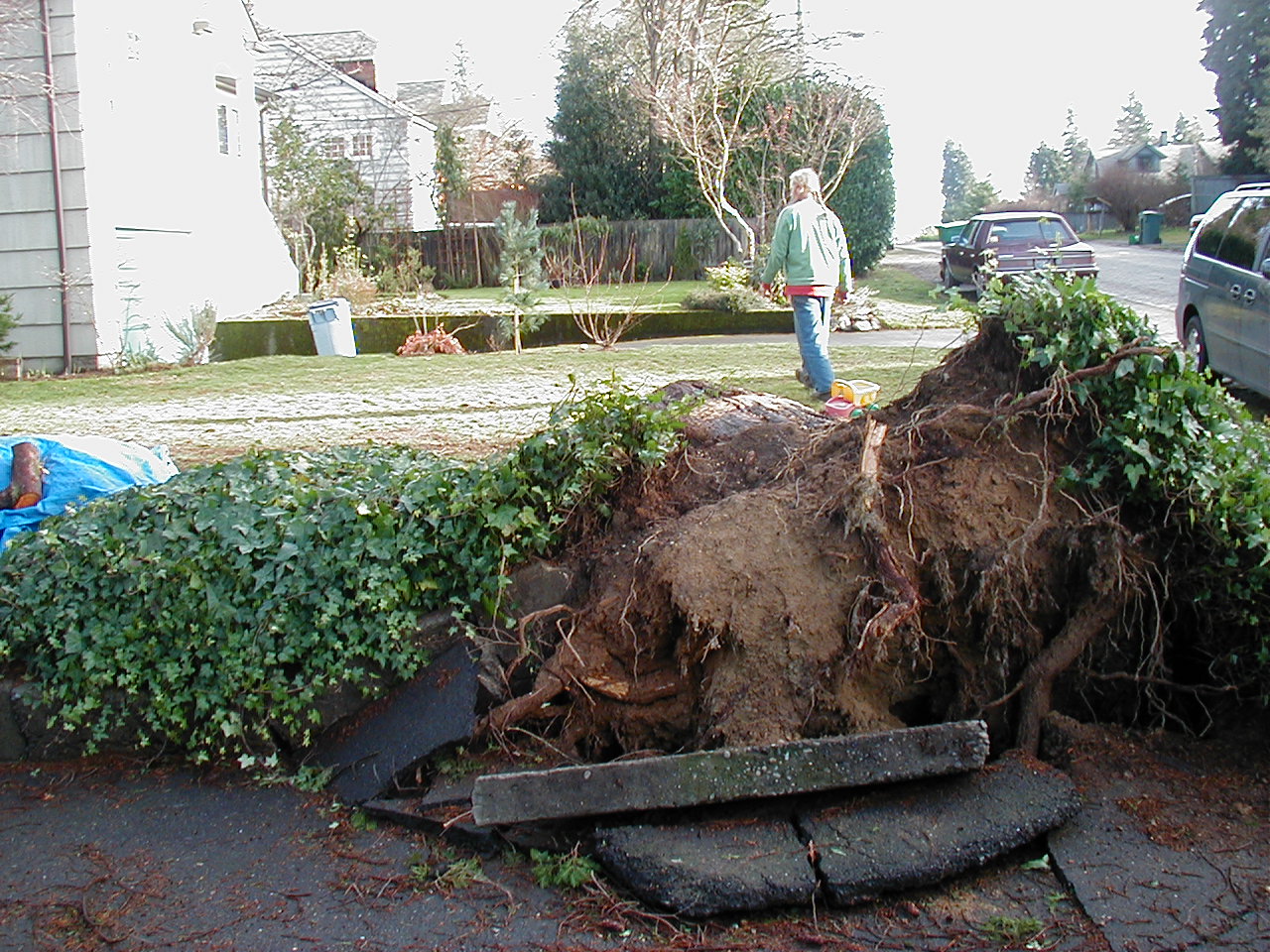visit Maroon Lectroid
some recent posts there may be of interest...
It's called "How to Save the World"

Labels: biodynamic


Labels: conferences

Labels: CSA's, farmer-women, profiles in farming
 also called "Buddha's hand"...
also called "Buddha's hand"...
 (you should be too!), a journal which is the fortunate recipient of the reports of the "Fruit Detective", David Karp. (a sample of Karp's work: Every Plum Imaginable )
(you should be too!), a journal which is the fortunate recipient of the reports of the "Fruit Detective", David Karp. (a sample of Karp's work: Every Plum Imaginable )
Labels: citrus, CRFG, farmers' markets, Hamadas, Karp, profiles in farming
We can't overstate how impressesd we were, on our visit to Raphael Garden at Steiner College in Fair Oaks, CA. over the new-year's holidays

 a lot of learning goes on here!
a lot of learning goes on here!
upcoming public-registration gardening classes are listed in the comments and here.
Labels: biodynamic, Raphael
Hire Message from Yard for your next project!

Labels: hire us
I was working on my first "open-ended" gardening project at my good friend jcmg's in the bay area about 10 years ago when i started wondering what the term "gardening" actually referred to...
hypothesis: gardening is the art of raising the energy level of the entire spatial area in and around the garden, including anything which can be influenced by the garden/gardener
 i found this hypothesis to be instantly clarifying and very inspirational, and still do
i found this hypothesis to be instantly clarifying and very inspirational, and still doLabels: philosophy
before christmas we got to visit Daybreak Star in Seattle for an afternoon
Labels: native culture, native plants

Labels: bioneers

Labels: home gardens
gradually we're getting our photos up and viewable
Labels: raspberries